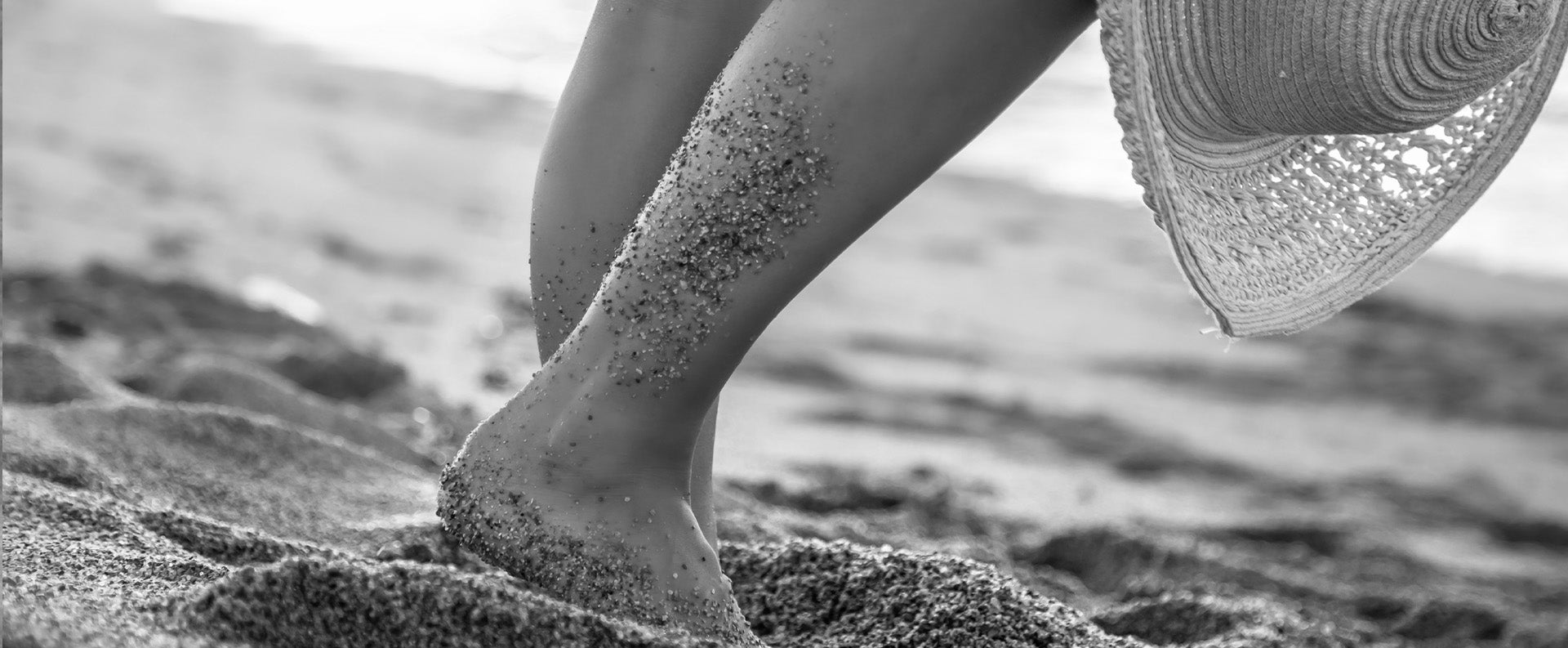
Summer Beauty: which active ingredients should be avoided/favored in summer?
If summer rhymes for us with the sweetness of life, for our skin, it is quite different... The summer period is synonymous for it with numerous aggressions (UV rays, sand, sea water, chlorine, sun products, etc.) and therefore requires more attention to preserve its condition and shine as much as possible.
Here are the recommendations of Claire Andréewitch, founder of Ad CAELIA, in terms of summer skincare , so you can target assets to favor/avoid to help your skin get through the summer while being protected and nourished, ready to shine when school starts again!
WE PREFER:
1. Moisturizing active ingredients
We often forget that the cells in our body are mainly made up of water, and our skin requires a sufficient daily intake in order to maintain its suppleness and elasticity.
This is especially true in summer when the sun's UV rays accelerate the skin's dehydration process. However, healthy, vibrant skin is skin that is sufficiently hydrated - especially since this helps prolong your beautiful tan!
To do this, it is essential to optimize water intake through the water you drink as well as the fruits and vegetables you eat with skin-hydrating active ingredients.
Among them:
– Hyaluronic acid natural constituent of the skin, which provides hydration and firmness. However, with age, our cells produce less hyaluronic acid, starting at the age of 20! It is therefore advisable to give our body a little boost, especially in summer, to ensure optimal and deep hydration.
– Aloe vera , great for this summer period, to deeply hydrate the epidermis and accelerate the tissue repair process following prolonged exposure. Instant cooling effect!
– Vitamin B5 is also a molecule known for its moisturizing and soothing properties. You will find it in some creams or serums under the name of pantothenic acid, but also in many foods: whole grains, brewer's yeast (always sparingly because it is acidifying in excess), egg yolk, or even poultry.
2. Nourishing active ingredients
Our skin takes the form of a hydrolipidic film, that is to say that it is made up of water, but also of fat.
So, hydration does not go without nutrition! While moisturizing agents saturate the skin with water, nourishing agents prevent water from evaporating. It is therefore important to ensure that you provide your skin with both categories of active ingredients to ensure optimal hydration.
But in summer, UV rays and swimming attack this hydrolipidic film, which must therefore be replenished daily by using certain active ingredients. However, in summer with higher temperatures, we choose a lighter "nutrition"...
Some vegetable oils are real treasures:
- Argan oil, to be applied in the evening because it is photosensitizing, is a real treasure of nature! Thanks to its very interesting lipid profile and its high antioxidant content, it is the perfect "hydration" ally and fights against oxidative stress generated by UV rays!
- Damask rose oil, on the face, the ultimate boost to help the skin heal and repair sun damage.
- Coconut oil, highly moisturizing, enveloping you in a sweet exotic fragrance, it also tones the skin and has an anti-aging action.
- And carrot oil , ideal in summer for its significant SPF index (nearly 40) and its high content of beta carotene (vitamin A) and vitamin E, which will help prolong your tan!
- Acne-prone skin can opt for jojoba oil, which is both sebum-regulating and moisturizing.
3. Antioxidant active ingredients
In summer, our skin is exposed to the sun's UV rays, which are the most significant risk factor for premature aging, which promotes the appearance of wrinkles, fine lines and other pigment spots.
Result? The skin reveals a sagging and dry appearance.
Antioxidants are small molecules that help fight the harmful effects of free radicals and the oxidative stress they generate.
They help the skin to better protect itself against external aggressions of all kinds (pollution, stress, temperature changes, UV rays, etc.) and thus contribute to your "glow" daily by unifying your complexion and reducing the formation of pigment spots.
Among them, we find in particular:
- Vitamin C, one of my favorite active ingredients, which effectively neutralizes free radicals that attack our skin. And nature is well made: many fruits and vegetables are full of this elixir of youth: red fruits, berries, peppers, parsley, and many others so all begins inside!
- Also think about the resveratrol , a very powerful antioxidant from the polyphenol family found in grapes, blueberries and cocoa. This active ingredient is very effective in the fight against free radicals, and in particular for pigmentation spots. Take a course of food supplements (because foods do not contain much of it) for 2-3 months to boost your skin!
The best way to integrate antioxidants into your summer routine is therefore through diet: invite colorful fruits and vegetables onto your plate, oilseeds as a snack, and fresh pollen on your breakfasts or gourmet smoothies as a snack during the day for an ultra-boost in antioxidants. Acai, camu-camu and urucum are also perfect superfoods to integrate into your summer preparations!
4. Soothing active ingredients
Whether protected or not, the skin needs to recover after each exposure to the sun to promote the repair process while helping to reduce redness and possible inflammation.
Among the notable soothing active ingredients:
- Vitamin E , present in large quantities in wheat germ oil – applied externally to repair your skin after exposure, but also delicious for seasoning your summer salads, but also in many oilseeds, and in avocados.
- Aloe vera , in gel form, applied externally to sunburn or after sun, or in juice form to incorporate into your smoothies for optimal inside/out repair.
- Niacinamide , another name for vitamin B3, has proven to be remarkably effective in combating aging, as well as soothing skin irritations and inflammations.
Extra tip: Thermal mists are a great way to soothe the skin during and after exposure, especially for sensitive skin. There are also versions with a high zinc content, perfect for fighting impurities and promoting skin healing.
WE AVOID:
1. Fruit acids (AHAs) and polyhydroxy acids (PHAs)
These assets are avoided IF they are included in a serum Or a cream. Although they are valuable allies the rest of the year to eliminate dead cells on the surface of the skin while promoting cell renewal, these very powerful active ingredients are also photosensitizing and can be irritating for certain skin types.
Their application before exposure to the sun could therefore promote burns, irritations, and in the short term, the appearance of pigment spots.
You can safely continue to use cleansers for example (because this is a product that does not stay on the skin), or even lotions with fruit acids in the evening but with more moderation than in winter. It all depends on your skin type. Personally, I use lotions in summer on the T-zone, only in the evening and in small quantities, which helps to tighten the pores and fight against impurities accumulated with pollution and perspiration. Every other evening is generally good, but if necessary, apply it every evening.
2. Photosensitizing essential oils
Often cited for their countless properties and virtues, many of essential oils are also highly photosensitizing! (especially citrus fruits, such as lemon, lemongrass, bitter orange petitgrain, or neroli). In other words, they tend to increase the skin's sensitivity to solar radiation, particularly UV rays, which results in a skin reaction.
So make sure that your sun products, but also your day creams, serums or other, do not contain it. In order to avoid the risk of triggering inflammatory phenomena following your exposure to the sun.
3. Vitamin C serums and creams
Highly photosensitizing, some skins can tolerate the application also in summer provided that you always wear an SPF 50 throughout the day, and renew the application... But as a precaution to avoid the appearance of even more spots, it is better to start the vitamin C treatment externally again in the fall.
4. Retinol
Star active ingredient in skincare and anti-aging, it acts as a regenerator and collagen booster and smoothes the skin in a preventive and curative way. However, it must be used intelligently. Choose a good quality and adapt the frequency of application to your skin. This active ingredient can irritate and dry out the skin if it is "badly" used, while there are many ways to adapt its use to obtain good results.
You can also opt for its “natural” equivalent, bakuchiol, which is increasingly found in the composition of clean cosmetics.
This active ingredient is particularly interesting as a treatment during autumn/winter. For the most sensitive skin, it is especially not used in summer.
Also a quick reminder of these essential actions to protect your skin during the summer season:
- Avoid exposure between 11 a.m. and 4 p.m.
- Apply SPF 50 daily to reduce the impact of free radicals generated by UV rays.
- Wear sunglasses and a nice hat to maximize your skin protection.
CP banner: @pinterest


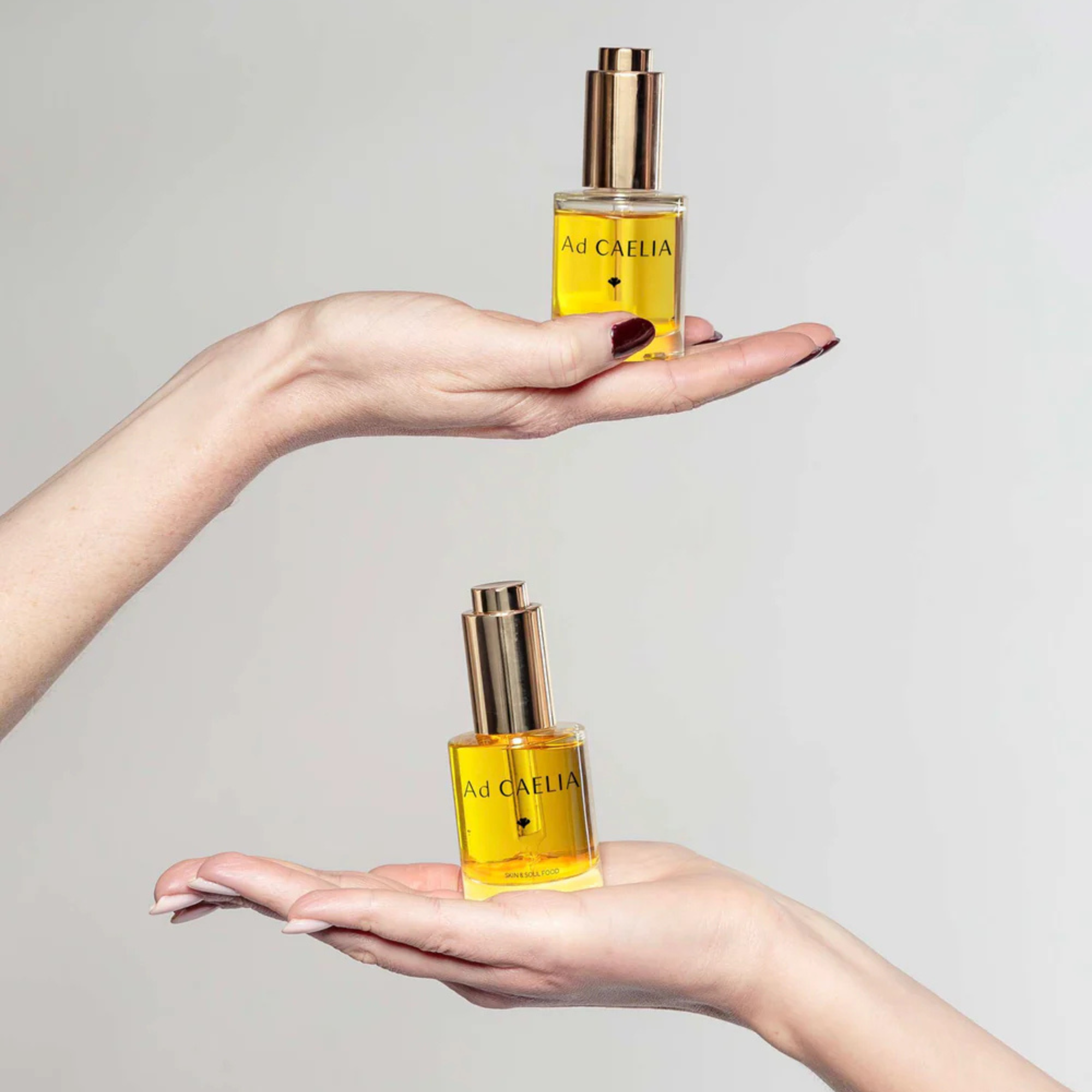
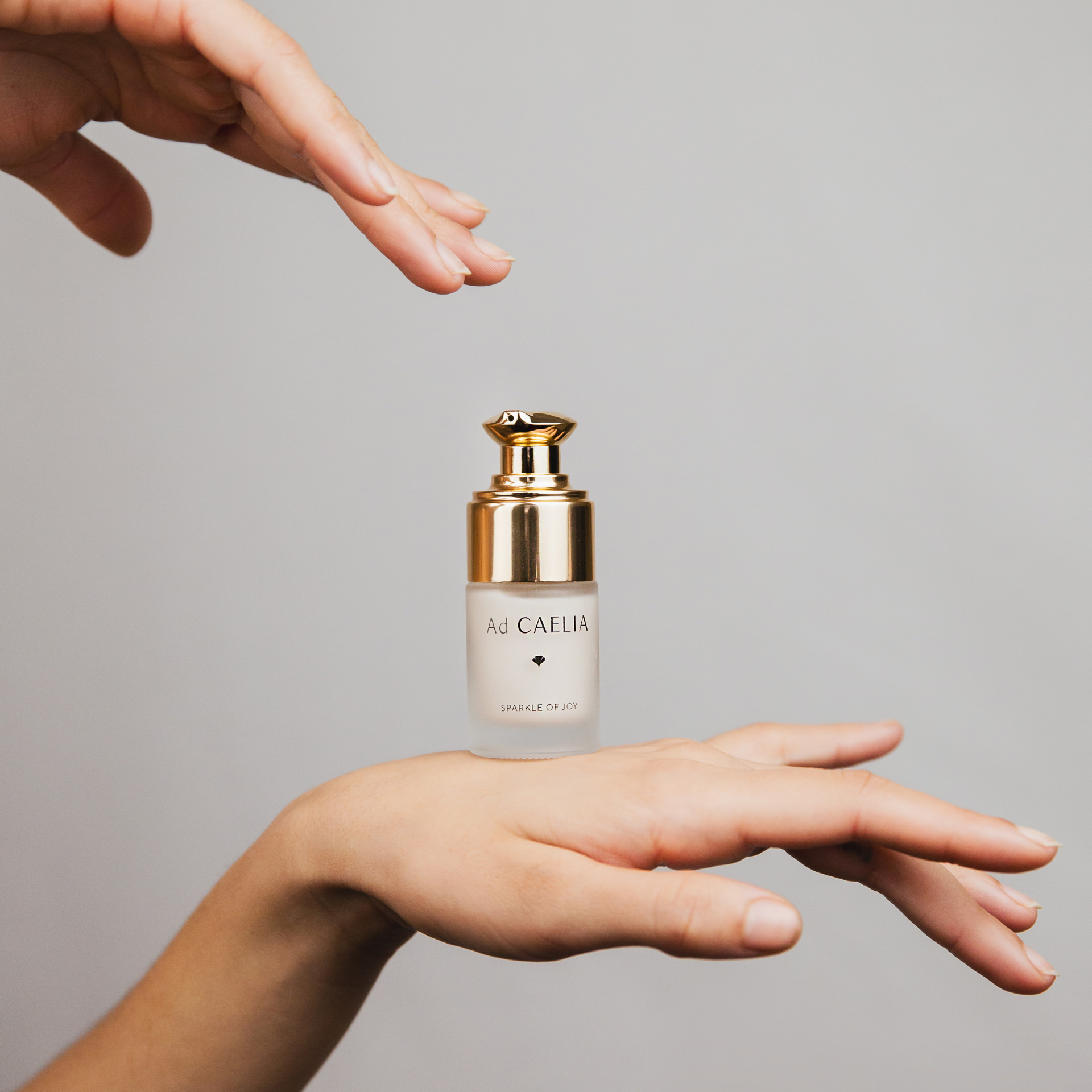
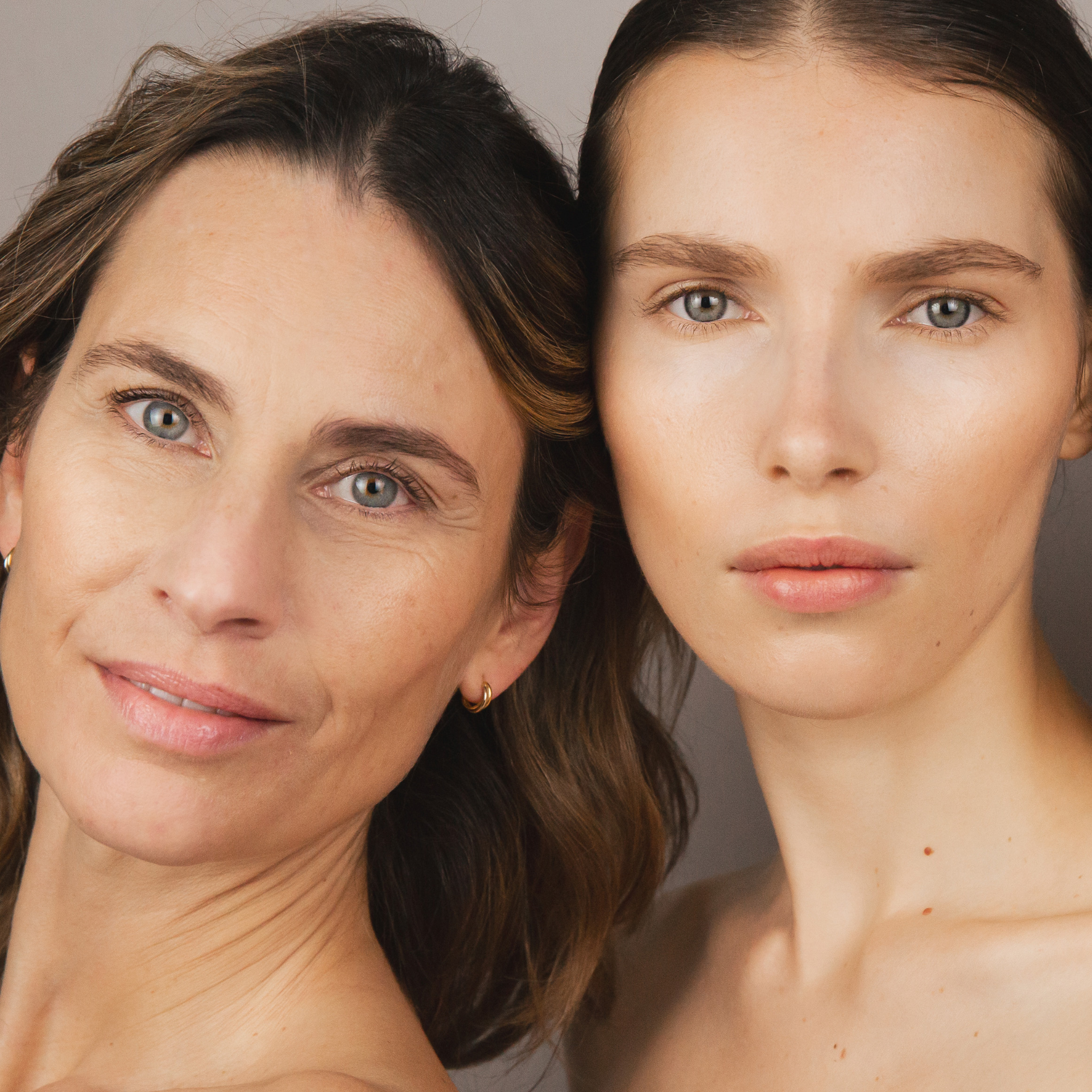
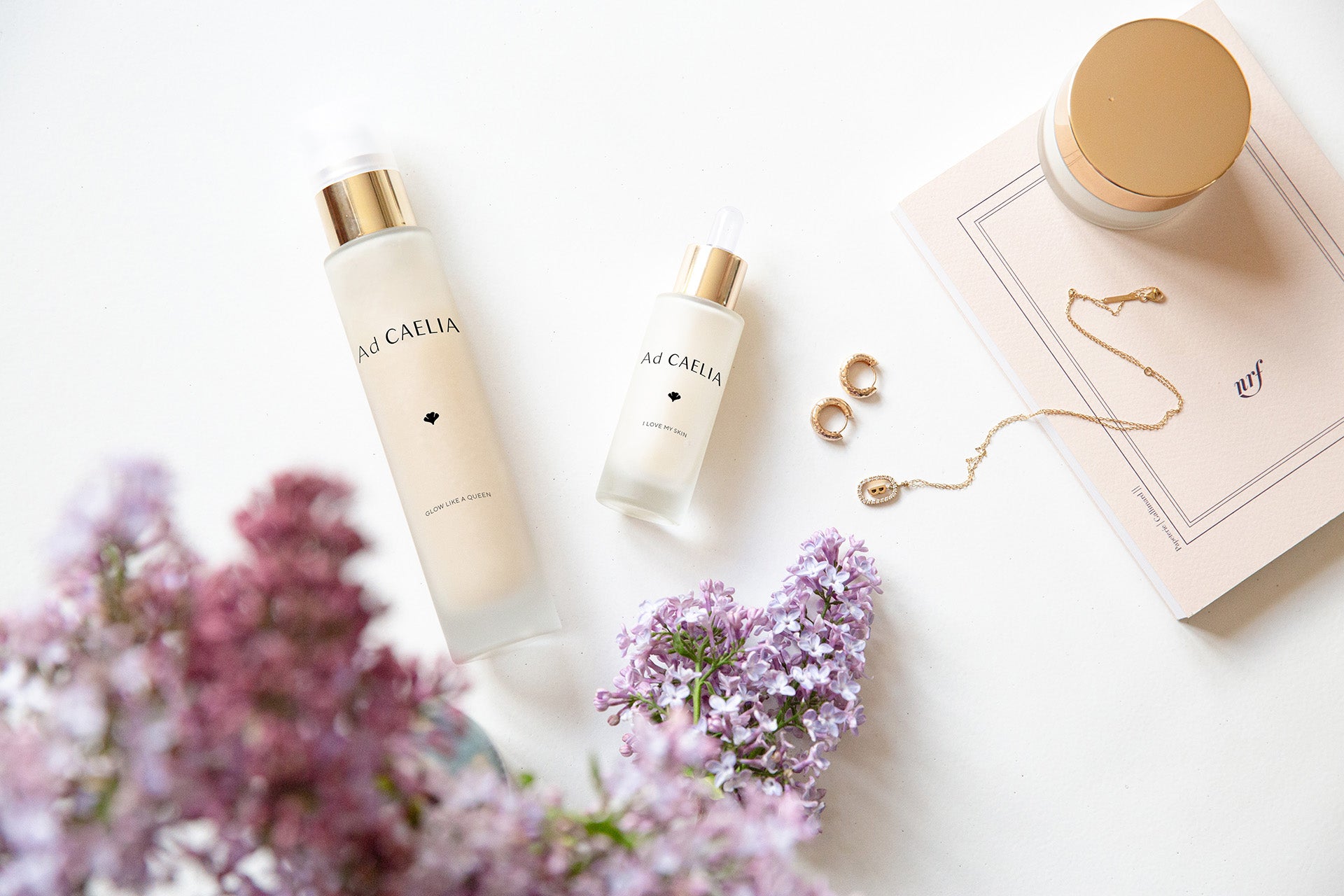
Leave a comment
This site is protected by hCaptcha and the hCaptcha Privacy Policy and Terms of Service apply.